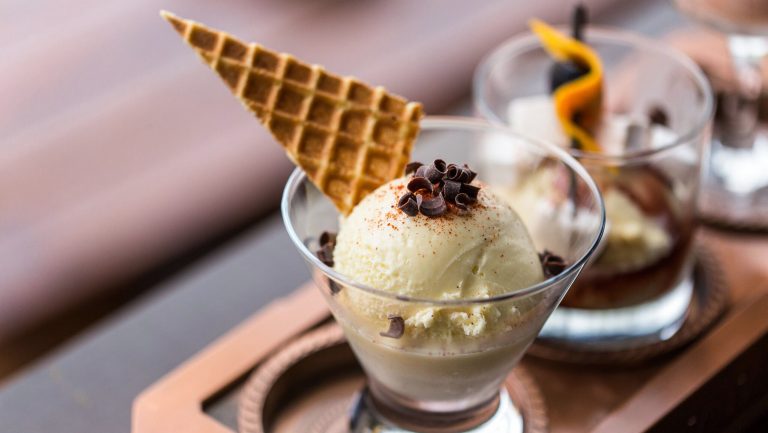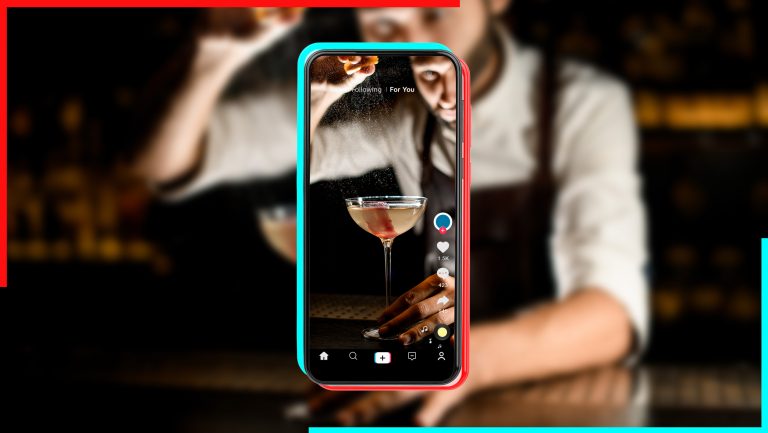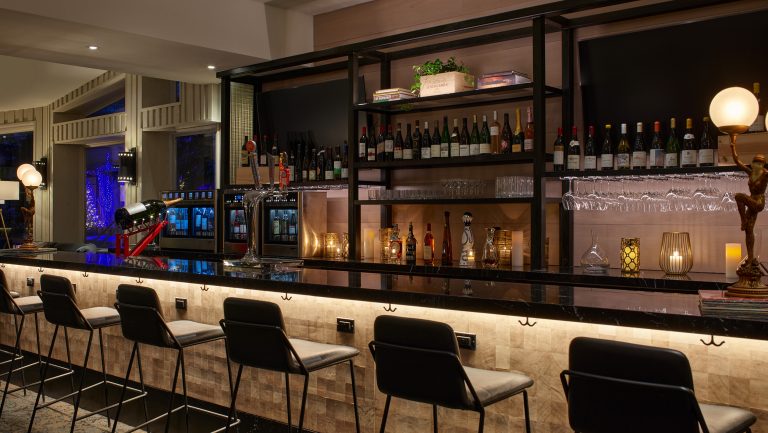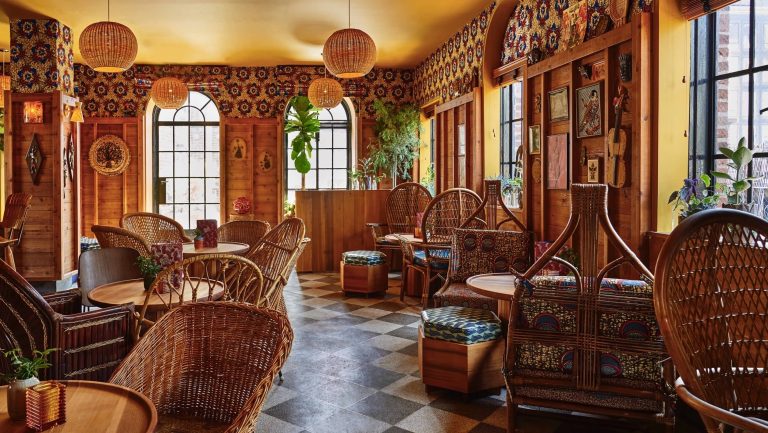On a hot summer afternoon in Austin, Texas, the line at the Prohibition Creamery ice cream shop and bar extends out the door, giving customers plenty of time to decide on their order. Flavors of the day are written on the chalkboard behind the counter, and today’s list of classic flavors includes Cheesecake with Graham Swirl and Cookie Dough, while the list of “boozy flavors” features Bourbon, Mezcal Vanilla, and Sangria Sorbet. Most of the people in line are here for the boozy flavors.
And they’re the real deal: Prohibition Creamery’s signature Bourbon ice cream is made with Knob Creek, while its Tiramisu ice cream contains brandy, amaretto, and Patrón XO Cafe. A scoop won’t get you buzzed—unless, of course, you add a $5 pour-over shot of liquor—but you can taste the alcohol in the ice cream.
Prohibition Creamery is just one of the boozy ice cream “bar-lors” popping up all over the country that cater to consumers who want to combine their favorite childhood treat with their favorite adult treat.

Don’t miss the latest drinks industry news and insights. Sign up for our award-winning newsletters and get insider intel, resources, and trends delivered to your inbox every week.
Melissa Tavss, the owner of Tipsy Scoop, a company based in New York City that makes boozy ice cream, says that she has seen an increase in alcohol-infused food in general in the marketplace. “Lots of [ice cream] companies are doing at least one alcohol-infused flavor,” she says, adding, however, that the level of alcohol used is often quite low.

With Tipsy Scoop, Tavss wanted to make a product with real ABV (alcohol by volume) strength. “I thought, How cool would it be if the ice cream actually held an alcohol content?” she says. “I began experimenting with an ice cream-mix base that had a strong enough consistency to hold alcohol. Unlike rum cakes or pastry desserts infused with alcohol, the alcohol is not [cooked] off in our ice cream.”
Tipsy Scoop began catering and selling liquor-infused ice cream wholesale in 2013. Since then Tavss has opened an ice cream shop in Manhattan, where she sells favorites like Spiked Hazelnut Coffee, Tequila Mexican Hot Chocolate, and Red Velvet Martini, while still selling Tipsy Scoop wholesale in New York and Massachusetts.
To purchase a pint or scoop of alcohol-infused ice cream, one must be 21 years old, even though the chances of getting drunk on the dessert are low. Tipsy Scoop’s ice cream contains up to 5% ABV—the equivalent of a light beer—per serving, which is two scoops. Mercer’s Wine Ice Cream, located in Boonville, New York, makes ice cream that is also up to 5% ABV per serving, while JB’s PR%F Alcohol Ice Cream, based in Columbia, South Carolina, sells pints of Strawberry Moonshine and Peach Whiskey at 7% ABV for each serving. When purchasing these treats at ice cream shops, customers are carded as they would be at a regular bar. At the supermarket and other retail environments, alcohol-infused ice cream is scanned as an alcohol product, which requires proof of legal drinking age before the transaction can be completed.
Because of the way alcohol-infused ice cream is regulated, it’s hard to determine the exact number of shops opening throughout the country. Regulations on the sale and distribution of alcohol vary from state to state, as do the permitting for food regulations and the determining of what exactly is considered a beverage versus a food product. Each state is responding differently to the increase of alcohol-infused ice cream.
In May, Ohio legislators passed a house bill allowing businesses to make and sell ice cream between 0.5% and 6% ABV. As of September 2016, ice cream retailers in Massachusetts who want to add wine, beer, or spirits to their concoctions must get a special exemption by the federal government. Retailers in Texas must acquire a state-issued Mixed Beverage permit.
“I can tell you how many Mixed Beverage permits are active,” says Chris Porter, the public information officer for the Texas Alcoholic Beverage Commission. “However, our licensing process doesn’t take into account whether those permittees sell drinks or ice cream, meaning I’m unable to parse out which of those permits is tied to an ice cream shop.”
One downside to spiking your ice cream offerings is that adding the expense of an alcohol license to food production cuts into the normal profit margin of ice cream. For example, a Mixed Beverage permit in Texas costs $6,602 and must be renewed every two years. The first renewal costs $5,102, the second costs $3,602, and all subsequent renewals are $2,102.
When calculating the costs for Prohibition Creamery, its owner, Laura Aidan, realized that the alcohol regulation requirements and the alcohol itself would make a scoop of her boozy ice cream considerably more expensive than a scoop at a traditional ice cream parlor. She says that she chose to move forward with the concept because “at the time, it was something completely new and different,” adding that she was also driven by her “personal love of great spirits and the complexity they bring to the flavor profile” of her ice creams. “Now that people have been introduced to the concept, it has become popular,” she says, surmising that the nationwide trend stems from the fact that the frozen treat combines two of people’s favorite indulgences—alcohol and ice cream.
Despite boozy ice cream’s increasing popularity, the higher price can still pose a challenge. “The number one complaint [that we get] on social media is the cost of our ice cream,” says Aidan. A single scoop of Prohibition Creamery’s boozy ice cream costs $6, which is more expensive than scoops at other area ice cream shops—but it’s less expensive than most cocktails.

Dispatch
Sign up for our award-winning newsletter
Don’t miss the latest drinks industry news and insights—delivered to your inbox every week.
Jennifer Simonson is an Austin-based freelance writer who specializes in adventure travel, craft beer, and wine. Her work has appeared in Paste Magazine, Canoe & Kayak Magazine, and All About Beer Magazine.







